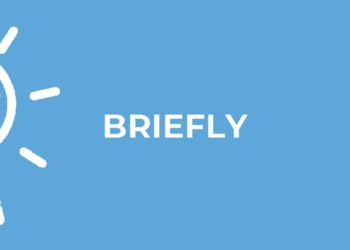
By The Brand Guy
Economics 101 taught me about supply and demand. The core idea is that when demand for a product increases and supply is limited, prices rise.
When supply exceeds demand, prices drop. This is the balance between what people want and how much is available.
Let’s apply that to content, the basic commodity in the customer journey. The market wants to doomscroll, occasionally stopping to look at some or other reel. Brand managers want eyeballs. Ease of content development means that every brand can produce large amounts of content.
The reality is that with so much brand-specific content, the value of that content is diminishing. At the same time, the brand also competes with other brands, cute kitten videos, fail videos and recipes. This is complicated by fragmentation of channels, particularly split into Instagram, Facebook and Tiktok.
Although there is apparently limitless demand for content only a small part of it will have an impact on the brand. The question becomes how to attract audience by adding value.
The principle of broad salience is in doubt. One size no longer fits all. Given the fragmentation of channels, salience should be exercised on a channel-by-channel basis. This should be a clear pointer towards asymmetric content. Don’t use the same content across all social media channels at the same time. Scarcity will have an incremental effect on the value of your messages.
If the budget doesn’t extend to different content on your channels, at least stagger the content. Do make sure that your content is optimized for social search. SEO for Google goes without saying, however be aware that paid search will be more effective than organic results.
Channel strategy and SEO are foregone conclusions. The paydirt is the content. The quality of your content will draw users back to you and lead new users to the brand. Content will appear on social search and in email but is unlikely to appear in the top google rankings. Unless you are boosting posts, social media content will appear sporadically in feeds, even if the like and subscribe options are used.
Add value to your content and push demand with either factual content or emotive content.
Factual content will typically present the problem, leading into the brand as a solution. This method often draws on the story brand technique, leading the audience through the narrative of the brand journey and the solution that the customer needs. The story adds value for the audience as it is easier to remember than a set of uncontextualized facts. It may also present explanations of product usage which can aid the customer journey.
Emotional content consists of three broad types of emotions: humour, horror (call it fear) and heartstrings. The challenge with emotional content is that there is a vast amount of emotional content with which to compete. To see this in action, consider social media reels. The solution to this is to use an email mechanism to direct the message to relevant and interested customers.
As far as horror or fear is concerned, consider the tension that the audience will have if the solution proposed by the brand is not immediately available. Although superficially contentious, this is a time-honoured ‘what if…’ tradition in communication.
This is a superficial look at the attention economy and how to create utility, yet well worth a more detailed look, particularly from the point of view of the brand. Google or ChatGPT will help you explore it in greater depth. I also recommend that you read Daniel Kahneman’s ‘Thinking Fast and Slow’ for a look at the biases that the audience brings to the table.
*Pierre Mare has contributed to development of several of Namibia’s most successful brands. He believes that analytic management techniques beat unreasoned inspiration any day. He is a fearless adventurer who once made Christmas dinner for a Moslem, a Catholic and a Jew. Reach him at contact@pressoffice7.com if you need thought-leadership, strategy and support.









